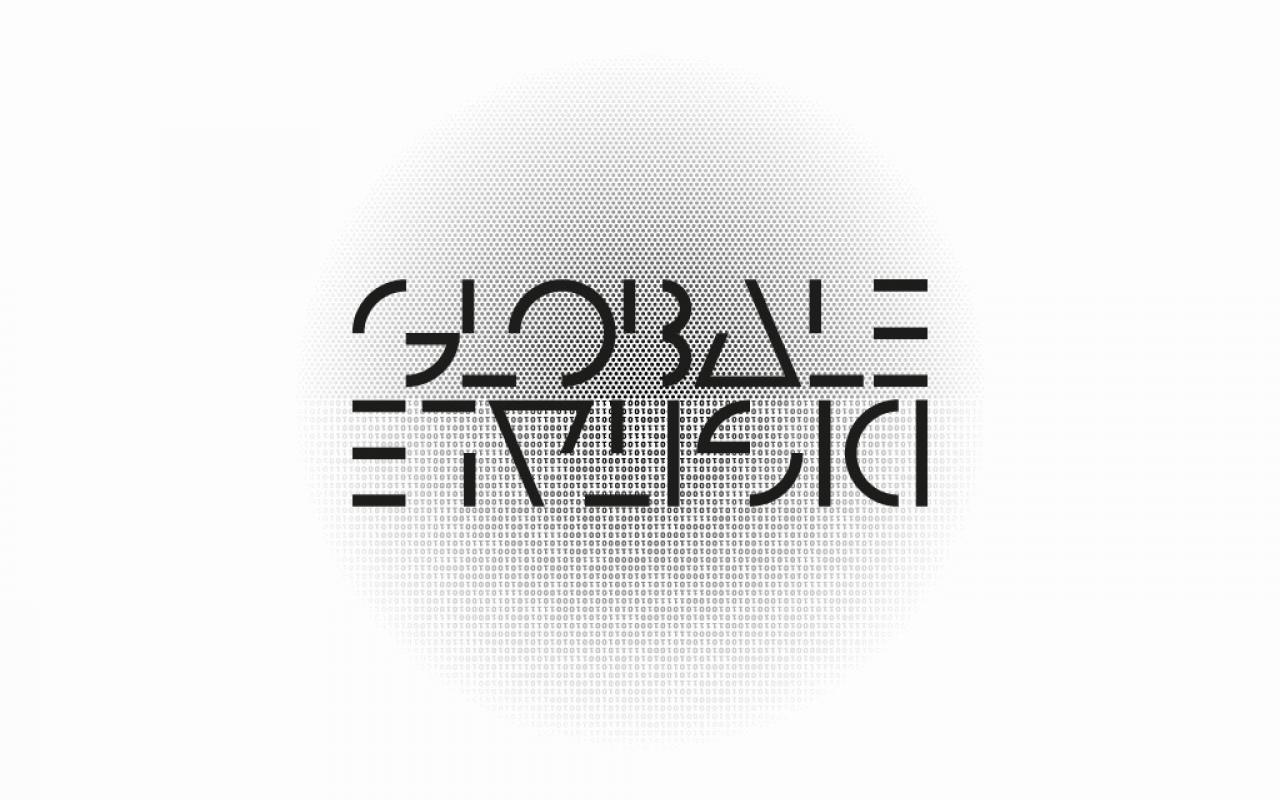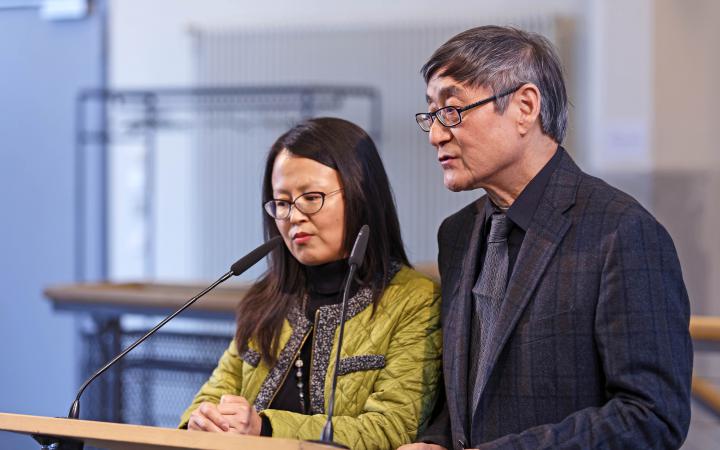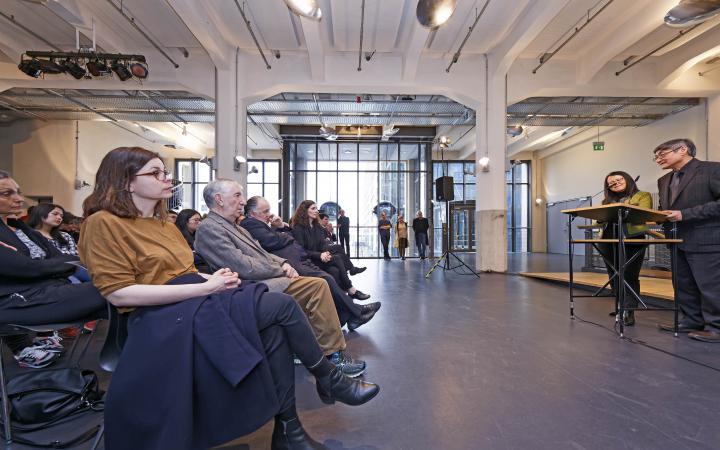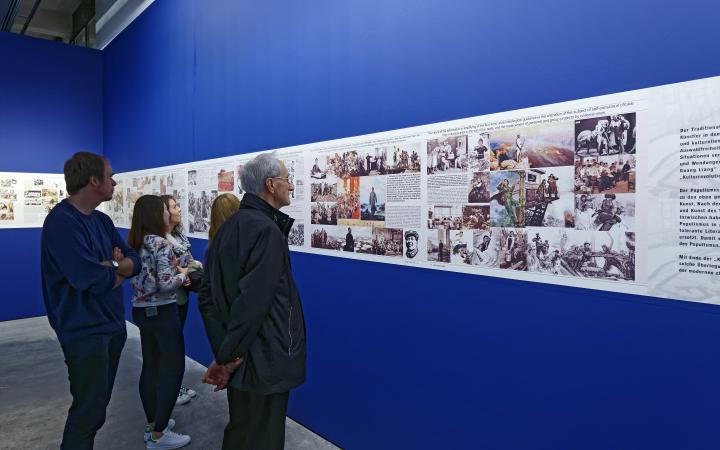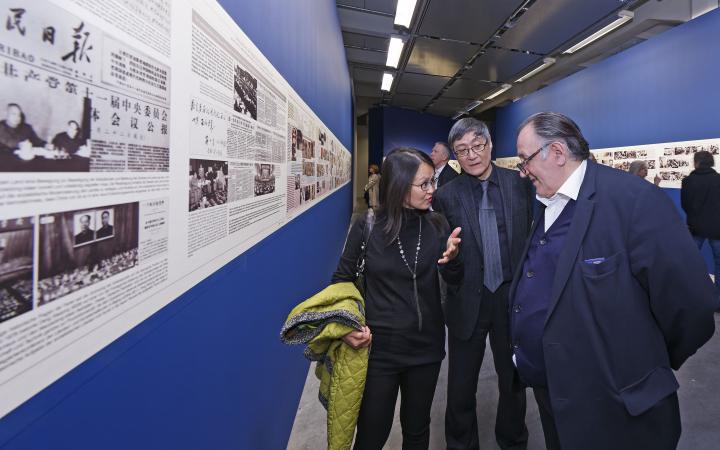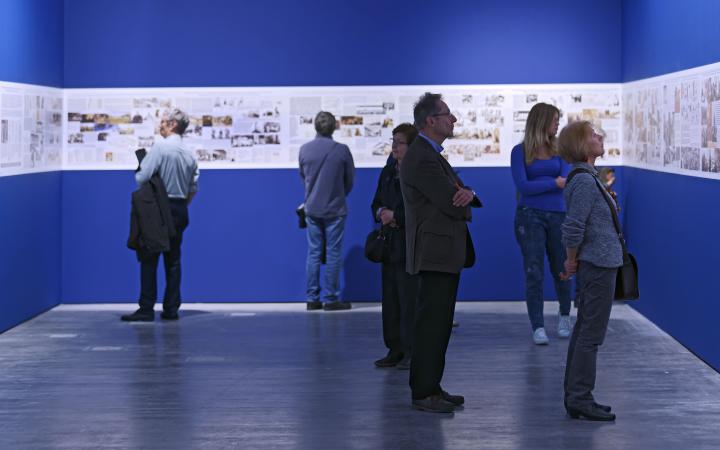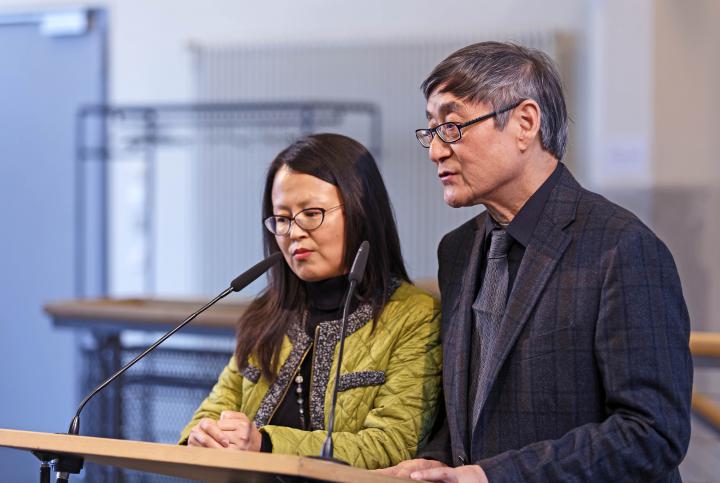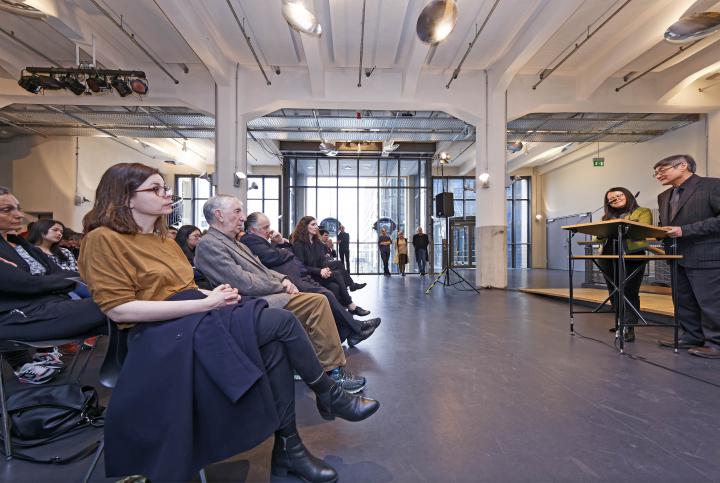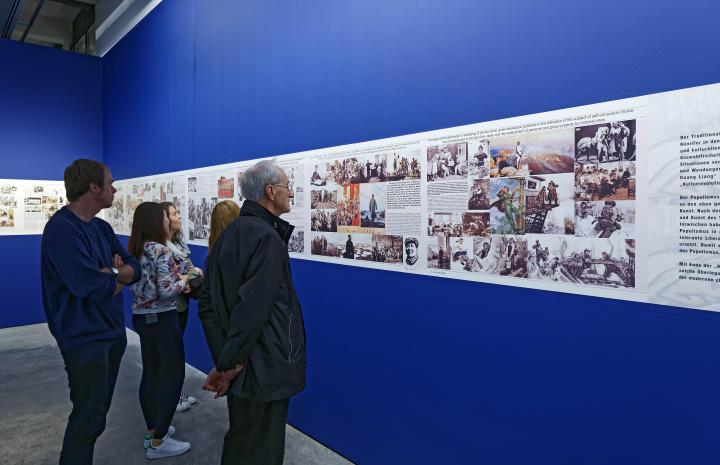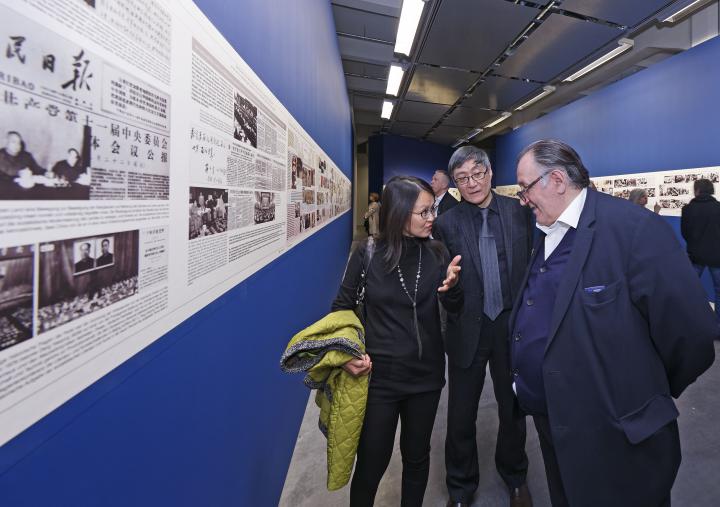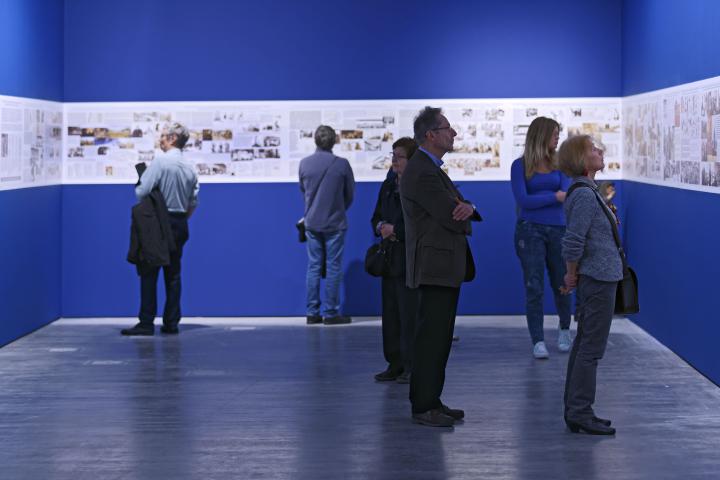Der Modernisierungsweg der chinesischen Kunst
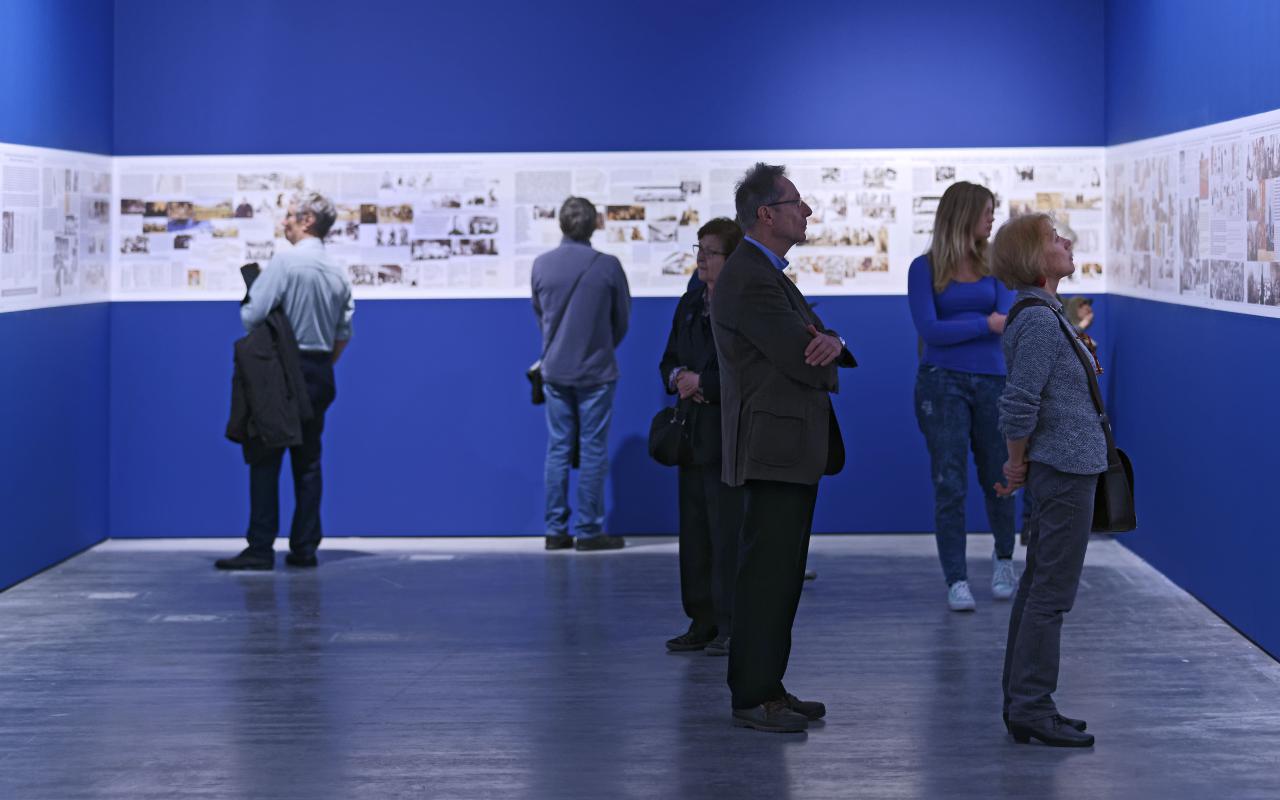
Sun, April 10, 2016 – Sun, August 07, 2016
Pan Gongkai’s project traces the development of Chinese modernism from the period of the First Opium War (1839–1842) to 1999. Pan Gongkai was the President of the Central Chinese Academy of Fine Arts (CAFA) in Beijing until 2014. In this project, he has assembled an illustrated history of Chinese modern art in more than 1,000 photographs, plus commentary, taking art as a case study for the development of Chinese society as a whole. This history presents the Chinese investigation of Western modernism, as well as the different lineages within Chinese art, including strains of traditionalism, syncretism, Occidentalism, and populism.
Pan Gongkai presents the philosophies, movements, propaganda and art practices of nineteenth- and twentieth-century China from his own personal perspective, and illustrates how they were motivated and influenced by nationalist strivings, social conditions and their historical context. Along with this detailed presentation of the process of »secondary modernization«, the exhibition also uses side notes and examples to examine paths of modernization in Japanese and Indian cultural traditions. In one discussion of the East-West intercultural dialogue, for instance, video installations and interviews examine the example of Rabindranath Tagore.

